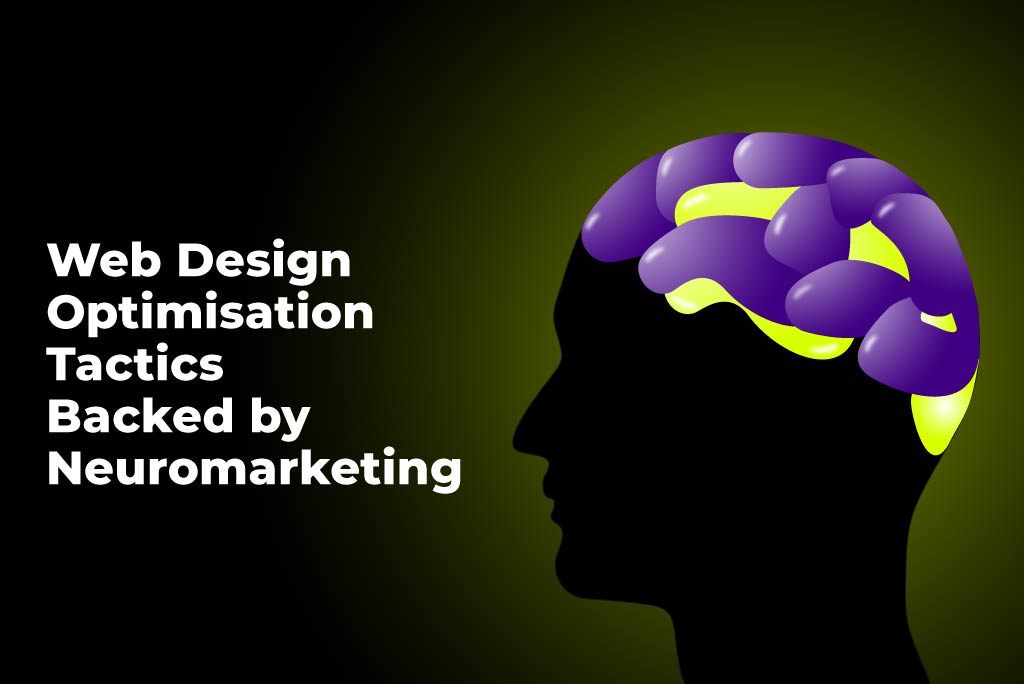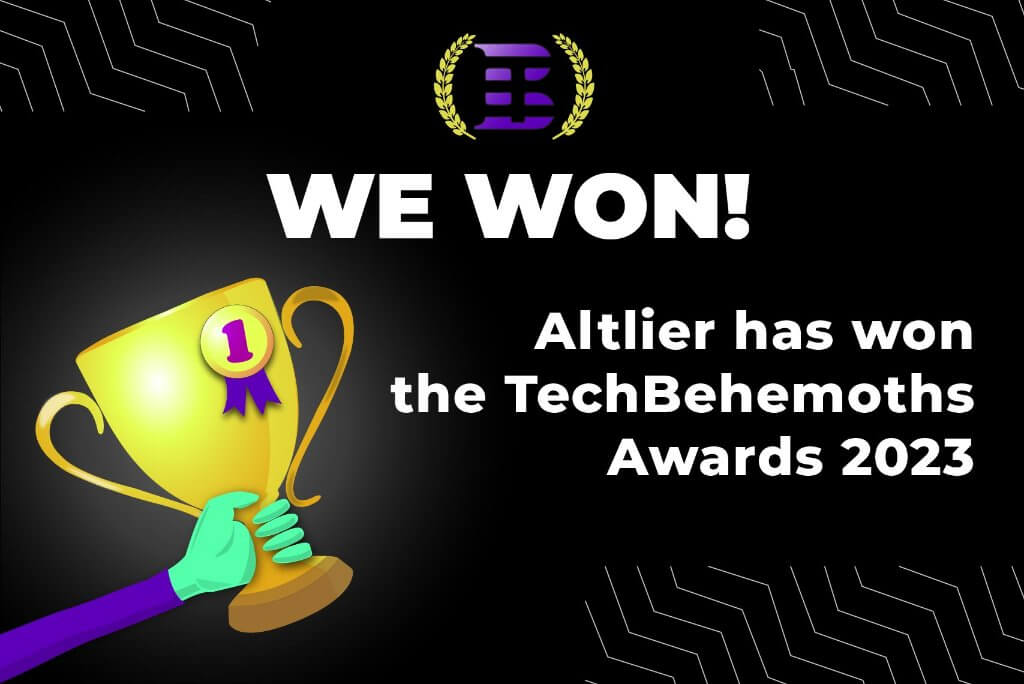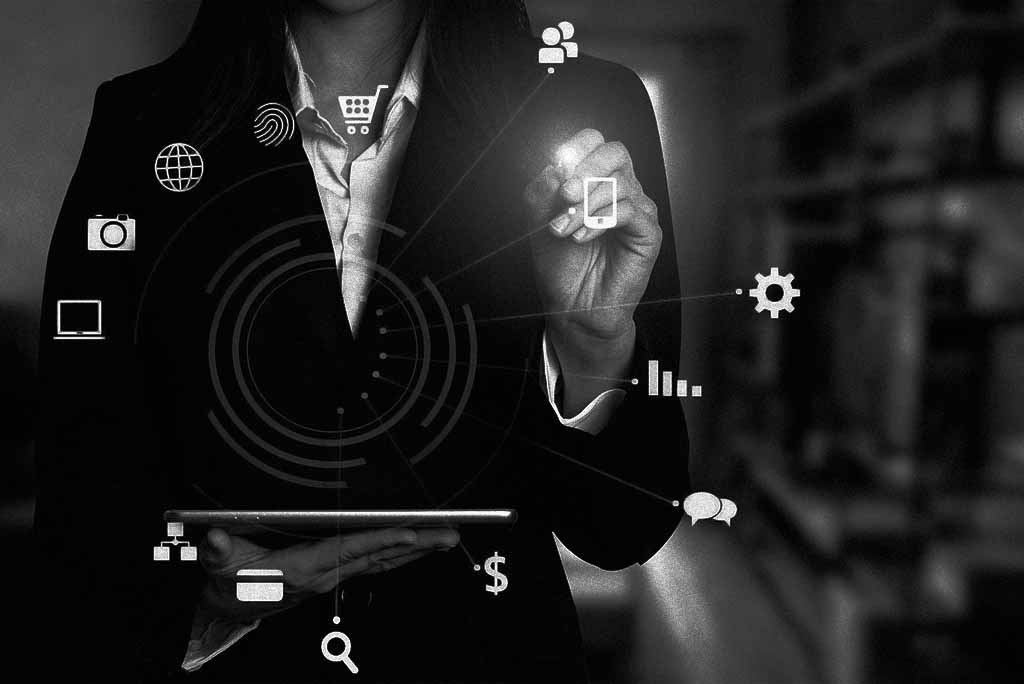Have you ever wondered how consumers arrive at the decisions they make? What common factors can be observed in their decision-making processes? What guides their choices, and to what extent can these decisions truly be considered rational? Delving into the world of consumer behaviour and decision psychology, we find ourselves at the intersection of neuroscience and marketing — a realm known as neuromarketing.
What Is Neuromarketing?
The field of neuroscience has been a stalwart of the sciences for decades, but neuromarketing itself is a relatively modern field. The term “neuromarketing” was coined in 2002, although research within this domain dates back to the 1990s. Drawing from neuroscience, social and cognitive psychology, and behavioural economics, neuromarketing sought to influence consumer purchasing habits by understanding and “gaming” the mental processes governing human decision-making.
Nobel Prize-winning psychologist Daniel Kahneman posited that there were two systems of mental processing — System 1 and System 2:
- System 1 processing is the brain’s default setting. It is always running in the background, making decisions in real time and producing involuntary actions at a remarkable pace. It is impulsive, running on intuition and automatically handling tasks without thinking.
- System 2 processing is slow and methodical. It deals with each input analytically in a calm and rational manner. System 2 thinking requires more conscious energy and endurance to grapple with complex tasks.
In website design, the incentive is to stimulate System 1 thinking. Every element of design must appeal to the swift, impulsive responses of System 1. This bypasses the careful scrutiny of System 2 thinking. The aim is to create an optimal user experience that is tactile, simple, elegant and intuitive and induces urgent, impulse-driven responses. From typeface spacing to call-to-action placing, all visible elements must be optimised to tug at the chords of the prospect’s nervous system.
Why Is It Important To Use Neuromarketing Principles in Website Optimisation?
Humans have a bias towards ease and pleasure. Anything that challenges an individual’s equilibrium causes stress and discomfort. Placing a call-to-action button beneath a banner will make both elements compete, effectively killing the impact of both. Splitting focus creates a dilemma — and a degree of stress — for visitors. After all, which of the two actions do they take?
By adhering to the strictures of neuromarketing, web design pages should be simple, fluid, logical and attractive. This kind of informed and accessible design elicits pleasure and comfort, the primary incentive of System 1 thinking.
Much of human decision-making is irrational. Traditional market research approaches the task rationally through focus groups, customer interviews and surveys. Such approaches are unlikely to give full insights into purchasing decisions because these are often governed by unconscious impulses. The associations our unconscious produces may be ancestrally inherited, experiential or completely random. Whatever the case, the mind remains mysteriously intuitive. Consequently, neuromarketing uses measures such as facial expressions, eye tracking, electrodermal activity and heart rate to help identify a myriad of unconscious cues and establish customer needs and preferences.
Neuro Website Design Optimisation Tactics
The insights gleaned from neuromarketing research have helped devise numerous techniques that can be applied to websites to subtly override the rational System 2 thinking of the customer. Here are seven website design optimisation tactics that are bound to evoke emotional responses in your website visitors and steer them towards desired actions.
Decoy Effect
The decoy effect, also known as “the attraction effect” or “asymmetric dominance effect”, refers to a phenomenon where consumers exhibit a particular shift in preference between two choices when a third option, which is asymmetrically dominated, is introduced alongside them.
For example, imagine a consumer trying to decide between two laptops: Laptop A, priced at £800, and Laptop B, priced at £1000. A decoy option, Laptop C, is introduced, which is priced at £1500 but has only a few more features than Laptop B. This instantly makes Laptop B seem like a better value in comparison. This leads consumers to choose Laptop B, which was the intended goal of the decoy effect.
By strategically presenting a decoy, business owners can influence consumers’ decision-making by altering their perception of value and desirability. The decoy effect takes advantage of our tendency to compare options and make relative judgements rather than making absolute evaluations. It can be a powerful tool to nudge consumers towards a particular choice and optimise your sales strategy.
Partitioned Pricing
Partitioned pricing aims to reduce the perceived cost of an item by splitting its base price (the principal cost of the item) from the additional costs, such as handling fees, insurance, postage fees and so on. This can work even if the second item is free. By partitioning the base price from the nominal cost of surcharges, your customer will perceive the overall cost as a fair deal.
But be careful — this tactic only works if the additional cost is introduced from the first steps of a transaction. If initially, the base price is the only visible figure and the additional price is only added at the closing stages, a sudden addition of surcharges may elicit a sense of betrayal in your customers. As a result, they may cancel the transaction entirely.
Picture-Superiority Effect
In countless studies, it has been shown that images elicit greater engagement and memory retention than written text. In 1971, Allan Piavio devised his dual-coding principle. Here, he posited that people retain images better than words because they are coded twice in the memory. The memory receives data using two different codes: verbal codes and image codes.
Upon seeing an image, the brain generates both a verbal code and an image code. The image will prompt an associated word or phrase that hooks itself to the image. This dual coding generates better memory recall, whereas text alone is harder to remember because it only has a verbal code with no visual representation.
In web design, having a generous number of images that carry important information increases engagement and message retention. Not only do images break up the monotony of looking at rows and rows of text, but images are also easy on the eye and brain to process. This is typical of System 1 thinking.
Von Restorff Effect
The von Restorff effect, also known as the “isolation effect” or “prominence effect”, describes our tendency to remember and pay more attention to distinctive items or events compared to those that are similar or commonplace. Named after German psychologist Hedwig von Restorff, this effect suggests that when presented with a row of similar items, the item that differs in terms of its colour, shape, size or any other distinguishing characteristic is more likely to be remembered. For example, place six tennis balls on a table in a row. Of the six balls, five are yellow, and one is blue. Which of the six balls will you remember most vividly? The blue one, of course.
Applied to web design, this effect is extremely powerful. A distinctive call-to-action button demands attention and induces a sense of urgency in the customer. The highly contrasting colour, size and placement of the button emphasises its difference from surrounding elements and communicates its dominance as a point of focus. An interruption in any pattern will draw attention to itself by dint of its contrast to other things.
Default Effect
A default option refers to an item or feature that has been pre-selected for you. In online shopping, this will normally take the form of a default product or delivery option. There will be one or two other options, but the highlighted option is most often the option that is chosen.
The default effect works because it requires the least amount of mental energy. Weighing up the pros and cons of each option needs thought and deliberation. Simply deferring to the recommended option is the fastest and easiest way to complete a transaction. Plus, it is assumed that the default option is the recommended, rational and most popular option available.
Risk Compensation
Risk compensation refers to the phenomenon where people adjust their behaviour in response to perceived changes in risk. The basic idea is that people tend to modify their level of caution or risk taking based on their perception of the level of risk associated with a particular activity or situation.
Applying the risk compensation effect to website users involves considering how they might adjust their behaviour in response to perceived changes in risk or safety of a website. For example, using trust indicators such as SSL certificates, security badges and customer reviews can help establish trust and make website users more willing to engage in transactions or share sensitive information.
The risk compensation effect extends to the design and layout of a website. A well-designed, user-friendly interface may give users a sense of control and familiarity, influencing them to perceive the website as less risky. Conversely, a poorly designed or confusing interface may lead users to exercise more caution, affecting their willingness to explore or engage with the site.
Social Proof
Social proof is based on the idea that people tend to rely on the actions and opinions of others. Adherence to the tribe is hardwired into the human psyche. Our tribal instincts conform to the group because it is assumed that the group knows best. Belonging to a group gives us security and confidence, and when we are unsure about how to decide, we look at the opinions and decisions of others.
For example, a busy-looking restaurant is more tempting to visit than a sparsely populated one. Although it is not necessarily true that the busiest restaurant has the best food, we rely on “people knowing best” and feel confident choosing the same option. Intuitively, people, as pack animals, almost always defer to the majority view. As evidenced by neuromarketing metrics, the decision here is fundamentally irrational because the quality of the food itself is of secondary concern. But the effect is powerful because it speaks directly to the ancestral unconscious.
Similarly, a website full of positive testimonials is the kind of reassurance a potential customer wants to see before making a purchase. How could all these people be wrong?
Summary
Traditional marketing methods are often imprecise because they overly rely on the rational consumer model. Neuromarketing’s targeted focus on the underlying incentive structure of the nervous system encourages intuitive behaviours that strengthen brand awareness and ultimately lead to increased engagement and conversions. Neuromarketing, in essence, is a form of alchemy. Its respect for the mind’s more irrational components pays dividends when one knows which buttons to push. As neuromarketing overwhelmingly proves, there is money in magic after all.
At Altlier, we build visually appealing, custom-made websites that offer outstanding user experience and speak to the unconscious mind. We also offer neuro web design and conversion optimisation consulting services. To find out how we can help your business, check out our services page or get in touch. To receive a detailed web design quote, check out our handy Website Design Cost Calculator.




